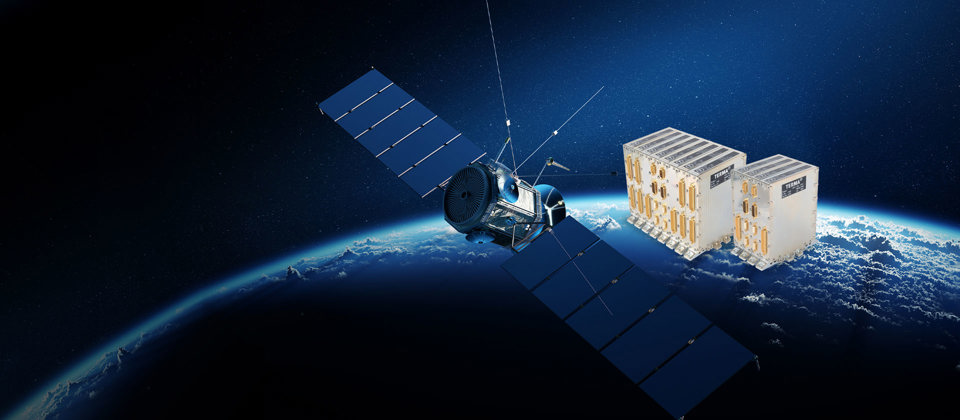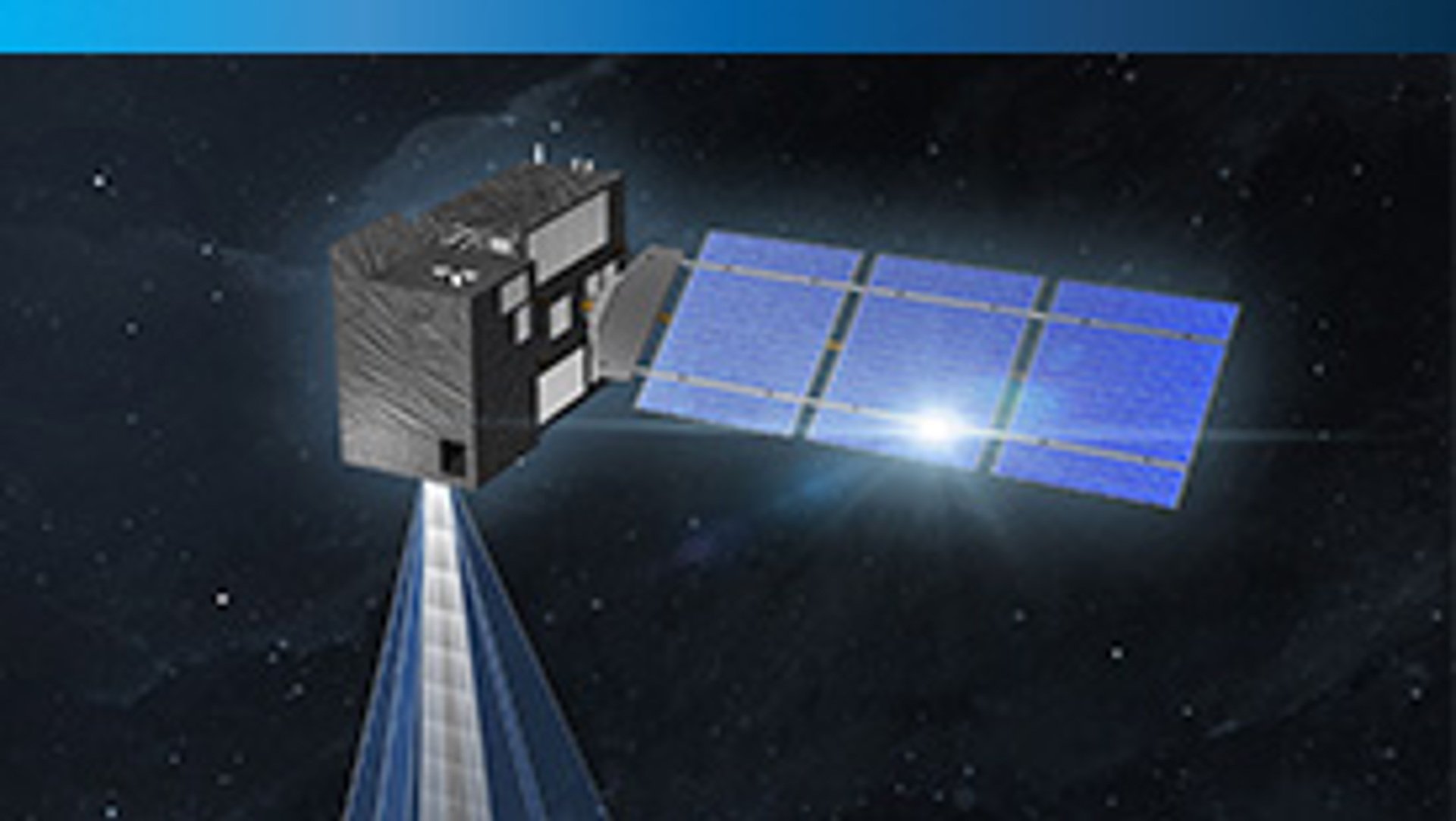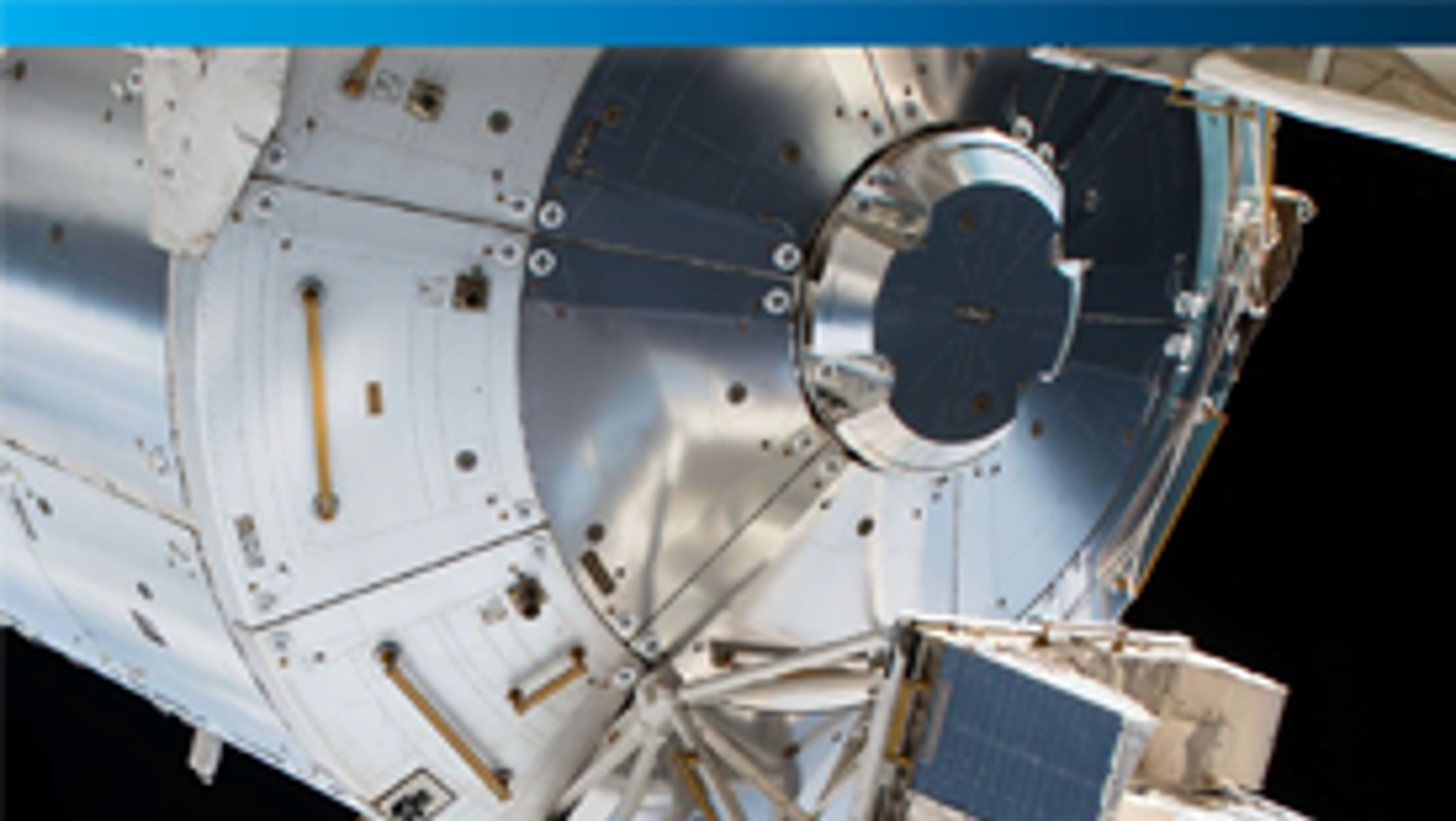Flexible Remote Terminal Units
Remote Terminal Units (RTU) are applied as part of the satellites data handling system to extend the capabilities and the interfaces of the On-Board Computer. Terma’s RTU system provides a wide range of capabilities for monitoring, controlling, and powering of satellite equipment including sensors, thermistor, Attitude and Orbit Control System (AOCS) equipment and heaters.
Maximum flexibility during spacecraft integration
Customized Remote Terminal Units concept
In-house test and manufacturing facilities
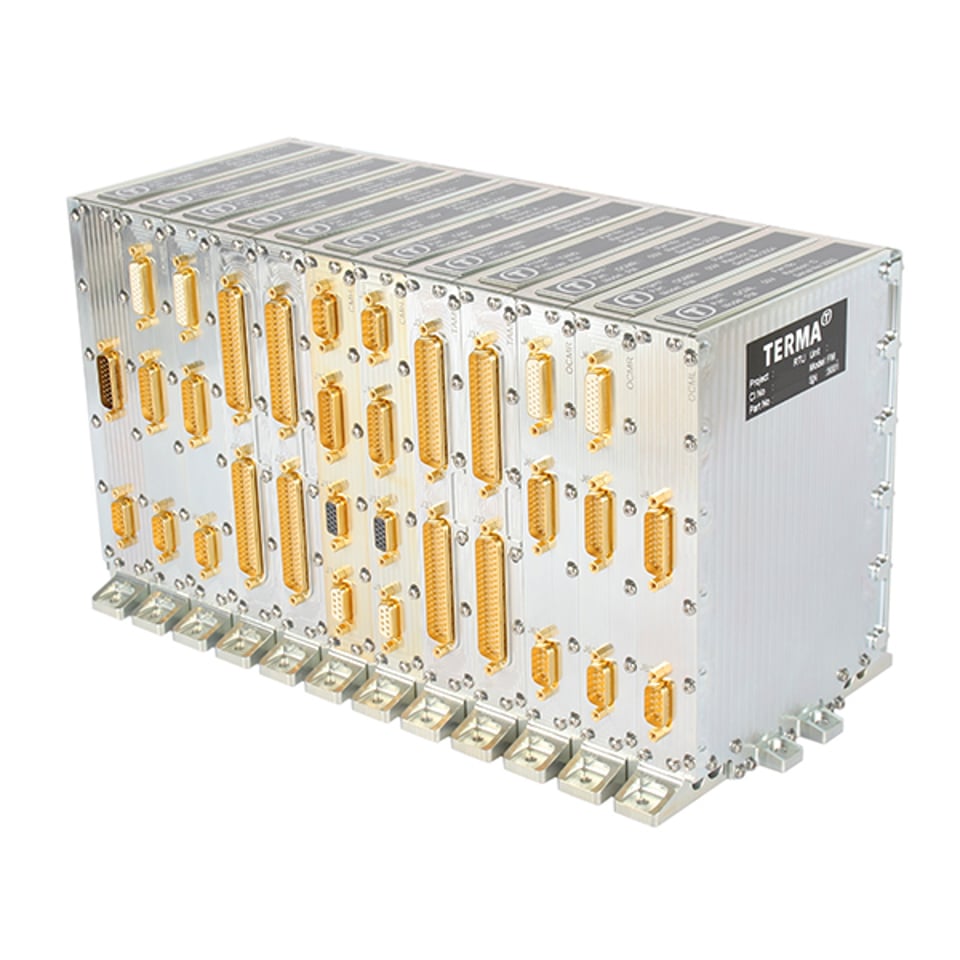
Modular and flexible unit design
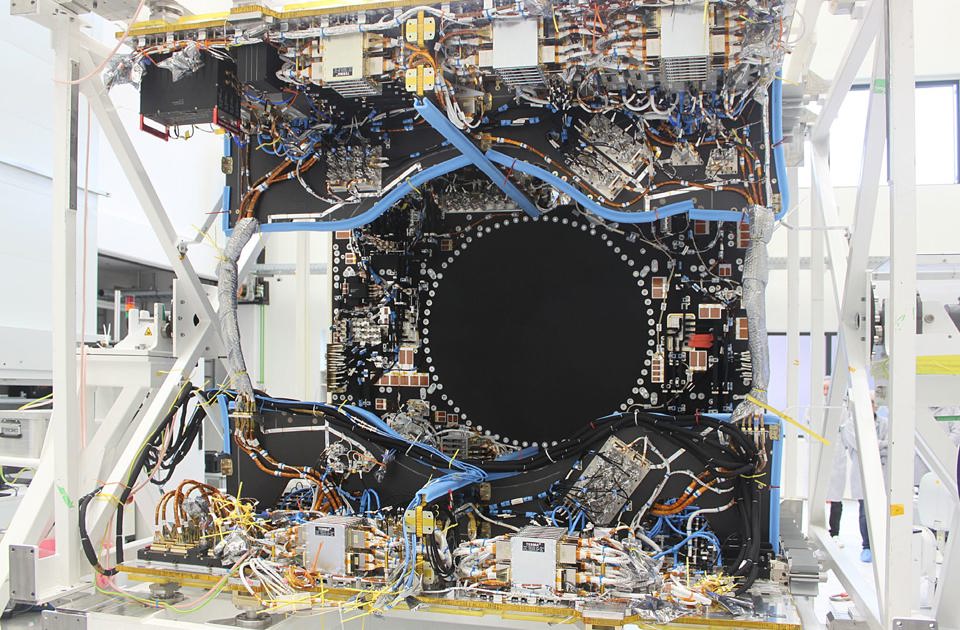
Distributed RTU system
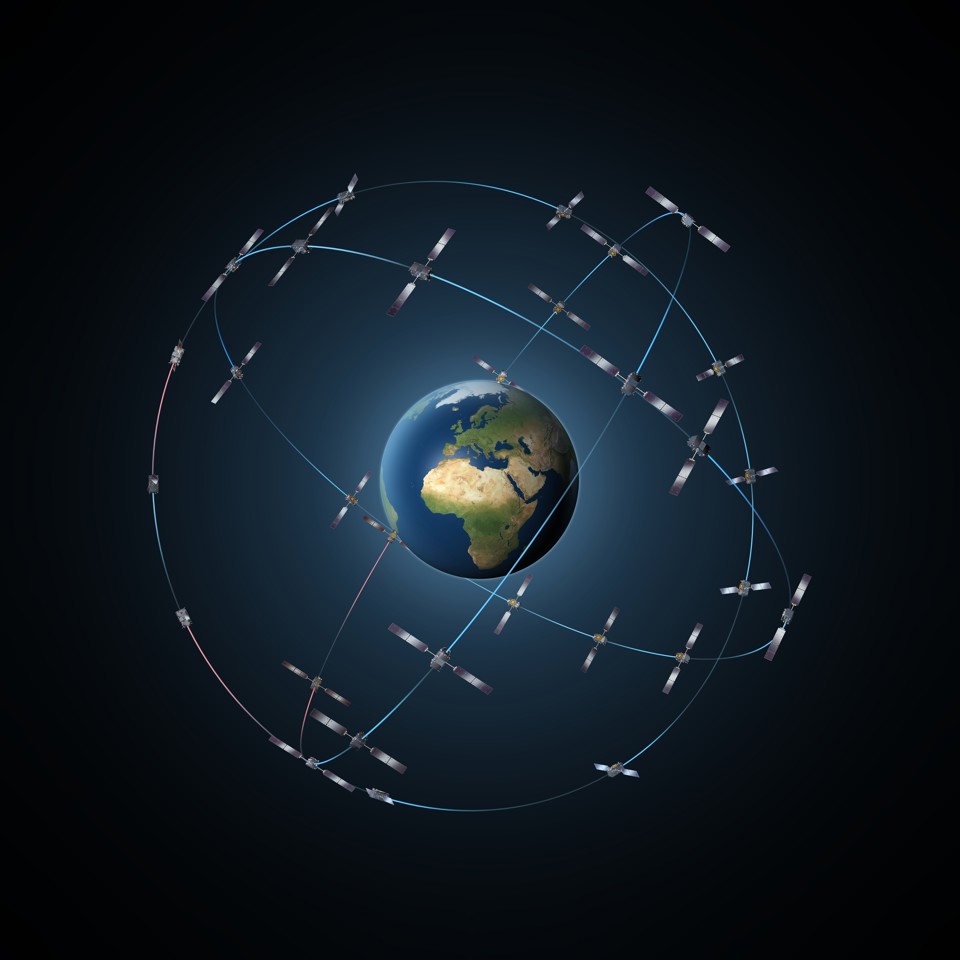
Mechanical, Thermal, and Radiation Endurance
RTU Modules
Terma have currently ten different off-the-shelf modules which provides a wide range of functionalities including: High Power Commanding, High accuracy signal and temperature acquisition, Serial data interfaces, Reaction wheel control and monitoring, Magnetorquer driving, Flow control valve, latch valve and ball valve driving, Voltage supply distribution, and Heater power distribution.
Core Module (CMH and CMS)
The CMH/S module acts as an RTU core module, connecting to various interface types through a MIL-STD-1553 Bus and a local Command/Telemetry bus distributed by a backplane module. It facilitates commandable functions and telemetry readings from connected interfaces. The CMH variant offers High-Power Commands, while the CMS version provides Serial Data Interfaces (SDI) with RS422 transceiver interfaces.
Heater Distribution Module (HDM)
The HDM interface facilitates power distribution to spacecraft heaters, functioning as a slave module to an upstream core module via a local Command/Telemetry bus. It is specifically designed to channel power from the spacecraft's main bus, regulated or unregulated, to resistive loads like heaters.
Attitude Control Module (ACM and ACMB)
The ACM interface controls spacecraft attitude functions like reaction wheels and magnetic torquers as a slave module to an upstream core via a Command/Telemetry bus. It supports on/off switching through High-Power Commands and provides telemetry readings and status updates.
Orbit Control Module (OCML and OCMR)
The OCM interface acts as a slave module to an upstream core, controlling spacecraft orbit functions such as latch valves and flow control drives via a local Command/Telemetry bus. This module efficiently handles essential telemetry readings and orbit control operations.
Telemetry Acquisition Module (TAM)
The TAM module serves as an interface for monitoring spacecraft housekeeping signals and relaying telemetry data, acting as a slave module connected to an upstream core module via a local Command/Telemetry bus. Designed to integrate seamlessly with classical spacecraft sensors, it supports the on-board data handling system in managing essential spacecraft operations.
Case study
Terma has delivered more than 40 flight model RTUs for along range of missions, including H2Sat, Electra, LUXEOSys (NAOS), HERA, and CO2M.
NEED MORE DETAILS?
Then download our solution materials
Contact us
If you have any questions about our Remote Terminal Units, please send us a message.
Want to learn more?
If you have any questions about RTU system for spacecraft, please get in touch with our expert.





